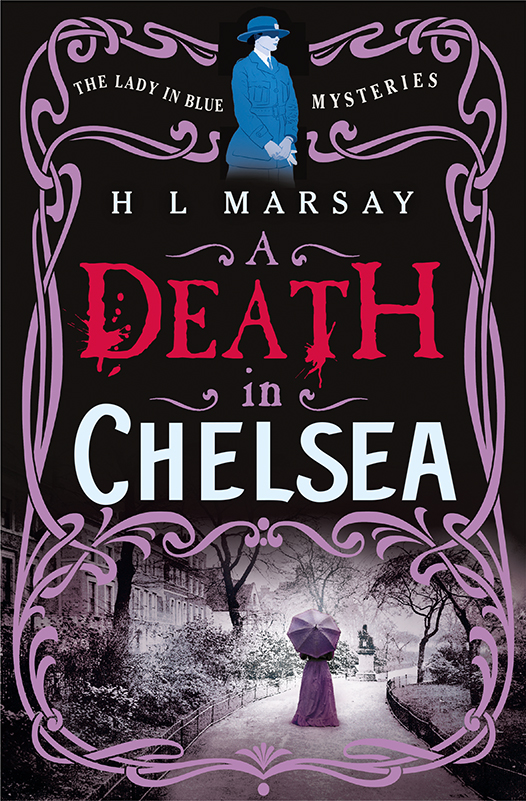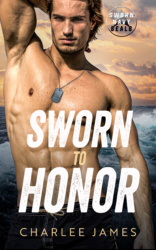This week sees the release of A Death in Chelsea, the second book in my Lady in Blue Mysteries series. These stories follow the fictional adventures of Dorothy Peto, who was one of the first women to become a police volunteer during the First World War, so I thought I would share a little more information about her and the other women who helped form the Women Police Volunteers (WPV).
Dorothy Peto
Dorothy Olivia Georgiana Peto was born in Hampshire in 1886. Her family was wealthy and well-connected and her father was a successful landscape artist. She was educated at home and had dreams of becoming a novelist until war broke out in 1914. Deciding to make herself useful, she joined the voluntary police patrols in Bristol and Bath (although in my stories she is based in London). Despite her work training other women volunteers, when the war ended, she struggled to find a position with the regular police. Eventually, she was made director of the ten female police officers in Liverpool.
In 1930, she transferred to the Metropolitan Police and became the first attested female superintendent. She formed her own branch of women police officers and insisted they should interview any woman charged with indecency and take charge of cases covered by the Children and Young Persons Act of 1933, especially those involving child abuse. When she retired in 1946, the number of female police officers at the Met. had grown from fifty-five to two hundred. In her later years, she returned to Hampshire and died in 1974.
Nina Boyle
Constance Antonina Boyle, known as Nina, was born in Kent in 1865. When her two brothers went to fight in the Boer War, she followed them to South Africa and worked first as a nurse and then as a journalist. It was while she was in Johannesburg that she first became interested in women’s rights.
When she returned to England, she joined the Women’s Freedom League and continued working as a journalist. She often wrote about how women were unfairly treated by the courts. Her protests at the Marlborough Street Magistrates Court led to her being arrested several times.
When war broke out, she campaigned for women to be allowed to join the police. Her request was refused, so she joined forces with Margaret Damer Dawson to form the WPV in 1914. However, she left the organization only a year later following disagreements about enforcing curfews on women. She spent the rest of the war working as a nurse in the Balkans.
After the war, she travelled to Russia but what she saw there turned her against communism and to the right politically. When she returned to England, she attempted to stand in the Keighley by-election (the first woman to do so). Although her name didn’t appear on the ballot paper, her efforts meant women were allowed to stand in the General Election in December 1918. She also worked with the Save the Children Fund and began writing mystery and adventure novels featuring strong female characters, with titles such as “Out of the Frying Pan” and “Good Old Potts!”. Nina died in London in 1943. The Nina Boyle Memorial Prize was established in her name and is offered by the Royal Holloway University to either a History or Social Policy Student.
Margaret Damer Dawson
Mary Damer Dawson was born into an affluent Sussex family in 1873. Her father died when she was a young woman, leaving her independently wealthy. She used her money to fund various charities especially those concerned with anti-vivisection and campaigned against animals performing in circuses and being killed for meat. She also created a home for foundlings and was a talented pianist.
In 1914, she founded the WPV with Nina Boyle. It was Margaret’s money that financed the patrols. She had a close personal and professional relationship with Mary Allen. The two women lived together and when Nina left the WPV, Mary became Margaret’s second-in- command. When Margaret died in 1920, aged just forty-seven, Mary was the main beneficiary named in her will. The house Mary and Margaret shared at 10 Cheyne Walk now has a blue plaque to commemorate her and a birdbath dedicated to her memory stands in the garden nearby. It is inscribed with the following quote, “He prayeth best who lovest best all things great and small”.[9]
Mary Allen
Mary Sophia Allen was born into a large and wealthy family in 1878. Although she was close to her sisters, she argued with her father, who was very traditional and against the emancipation of women. Mary left home in 1908 and joined Mrs. Pankhurst’s WSPU. She was imprisoned three times for breaking windows. During her incarceration she went on hunger strike and was force fed twice.
When war broke out in 1914, she joined the WPV and became close to Margaret Damer Dawson. She was seen as slightly eccentric as she preferred to be addressed as Robert or Sir.
Following the end of the war and Margaret’s death, Mary continued to wear her Women’s Police Service uniform. She was increasingly drawn to far-right politics. She met Hitler and Mussolini and joined the British Union of Fascists. The British government became concerned by her activities and when the Second World War broke out, she was banned from travelling more than five miles from her home in Cornwall and was not allowed to use a car, telephone or wireless. After the war, she continued to campaign for animal rights until she died in 1964.
All four of these amazing women were awarded the OBE (Order of the British Empire). None of them ever married or had children.
I hope you enjoy reading “A Death in Chelsea” to learn more about these inspirational women.
About the Author.
H L Marsay grew up binge-reading detective stories and promised herself that some day, she would write one too. A Long Shadow was the first book in her Chief Inspector Shadow series set in York. Luckily, living in a city so full of history, dark corners and hidden snickelways, she is never short of inspiration. She has also written The Secrets of Hartwell Trilogy and The Lady in Blue Mysteries. The Chief Inspector Shadow Mysteries have recently been optioned for television.
When she isn’t coming up with new ways to bump people off, she enjoys drinking red wine, eating dark chocolate and reading Agatha Christie – preferably at the same time!








39aere